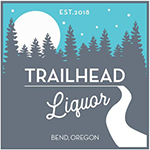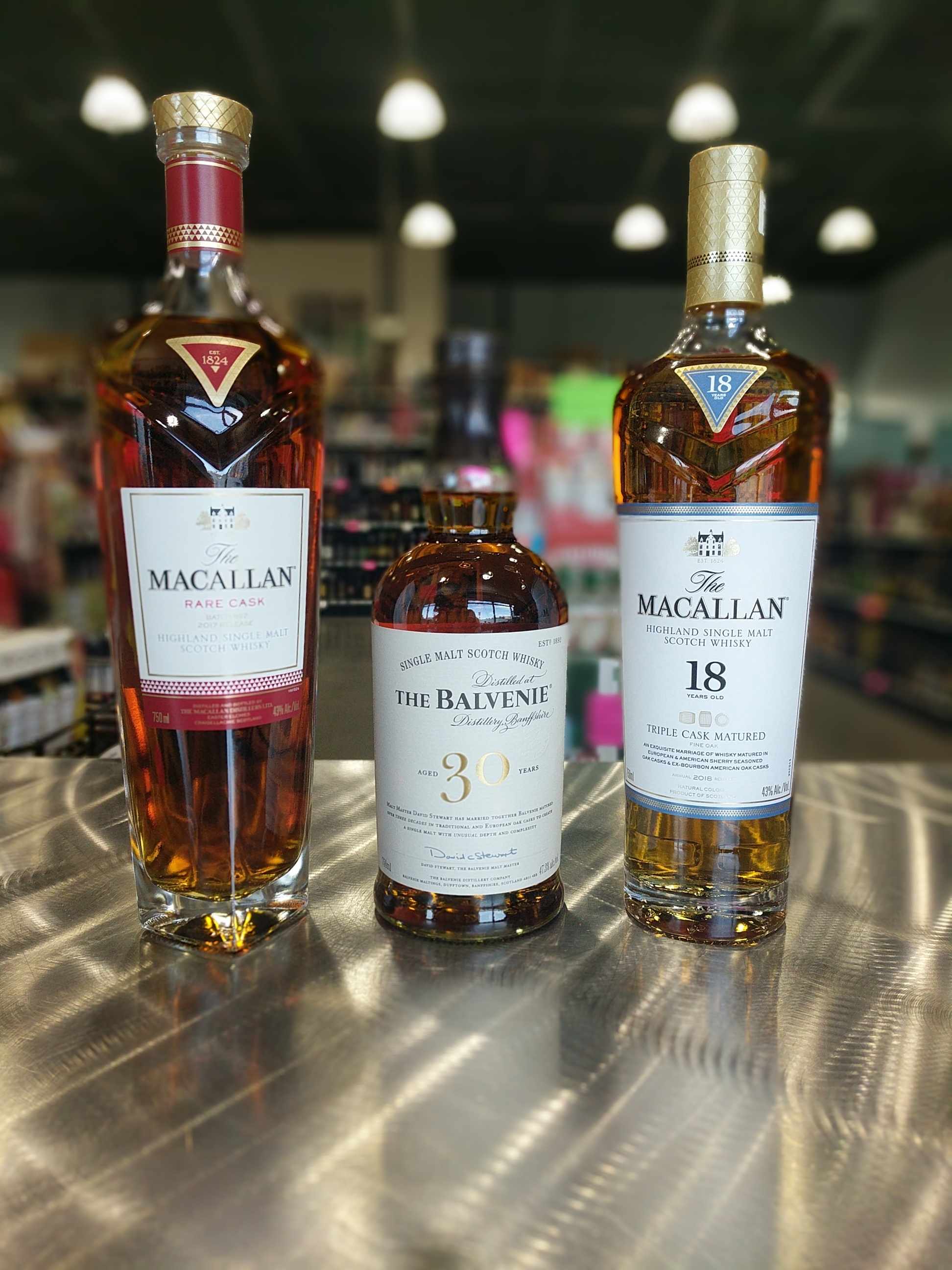Age statements. What is it? Is it important? And why age?
This is a complicated question that’s answer lies in who you ask. Let’s start with the basic, perhaps obvious definition of what an age statement is. From scotch to rum, many bottles profess their age in bold numbers on the front of the bottle with a significant correlation between older spirits and cost. But what does it mean? In truth, this can vary from spirit to spirit. Case in point, if a bottle of scotch says “Aged 12 Years”, it means the youngest scotch in said bottle is 12 years old. If you see the same statement on a bottle of rum, it means that the oldest rum within the bottle is aged 12 years.
There is much speculation that the higher the age statement, the better the product. But that is really up to the individual. Personally, I have $40 bottles that are amazing and $300 bottles that are so-so. One thing that is certain is the direct correlation between price and age. One reason is there is more evaporation with a product aged longer so it produces less bottles. Also, the perception that “older is better” can cause price inflation due to demand. A Macallan 18 for example sells for $284.95 and the Bowmore 18 sells for $129.95 (prices as of 8/19). Both are available at Trailhead Liquor, single malt, and aged for the same amount of time. Is the price a reflection of the quality? Perhaps, but one could also argue that Macallan being a more well known brand can charge a premium for their production. In the end, taste always comes down to personal preference. The easiest question to answer is why whiskeys are aged. The aging process takes away some of the harsher elements and “alcohol” taste and can take on various flavors in the barrel they are aged in, such as oak or port.
Many distilleries are experimenting with “No Age Statement” (NSA) such as Oban Little Bay, which comes in as the lowest priced bottle for Oban. Others are using this to create even more premium products, such as Laphroaig Lore, or further still with Macallan Rare Cask. Often, Trailhead liquor staff are asked about ages on such products because the consumer does seem to expect an age statement at a certain price point. But without an age statement, some argue that a higher quality product can be achieved by combining a variety of ages with a tastier outcome. Some 30 year whiskies may taste like your brothers gym socks while a 7 year might be the nectar of the gods.
So what is the future of the age statement? Only time will tell. There is buzz that the no age statement movement is a fail and most products will go back to including them on their premium lines. But there is concern about supply as whiskey grows in popularity and collectors become more common. Japanese whiskies have been especially impacted by short supply. Considering they have only been distilling for 90 years compared to Scotland’s 500+, it makes sense why there might be issues. Nikka has removed age statements altogether, and Suntory has released NAS products to deal with short supply of aged barrels.
So is older better? Not necessarily. For the true collector, owning a 30+ year bottle can be a wonderful addition. But, there are plenty of excellent whiskies well under the 30 year mark or with no age statement at all that are ripe for your enjoyment. The best course of action is to try as many things as possible and figure out what YOU like. Not sure? Feel free to check with a Trailhead Liquor staff member who can help guide you to your potential new favorite.
La Jefa

